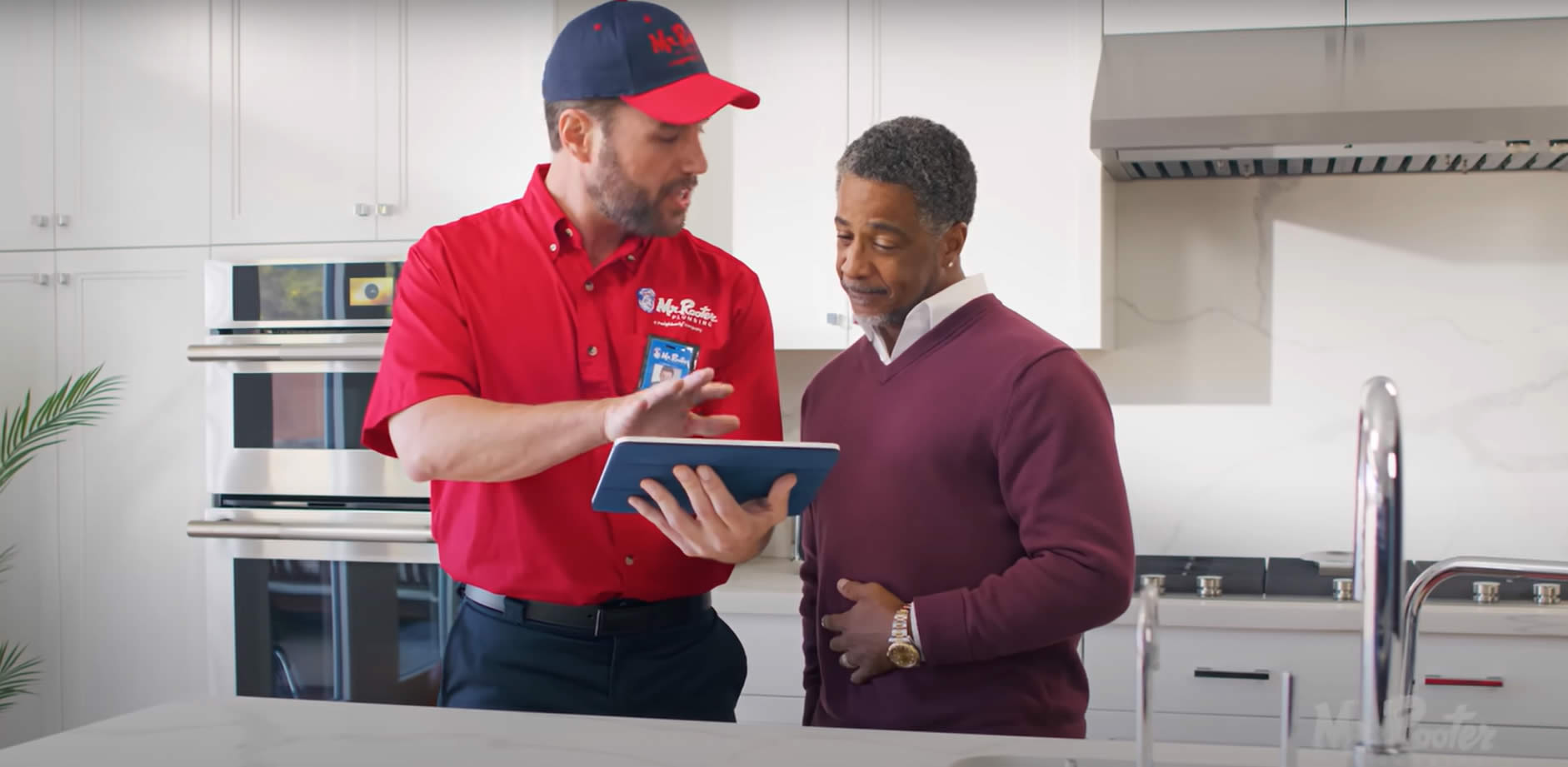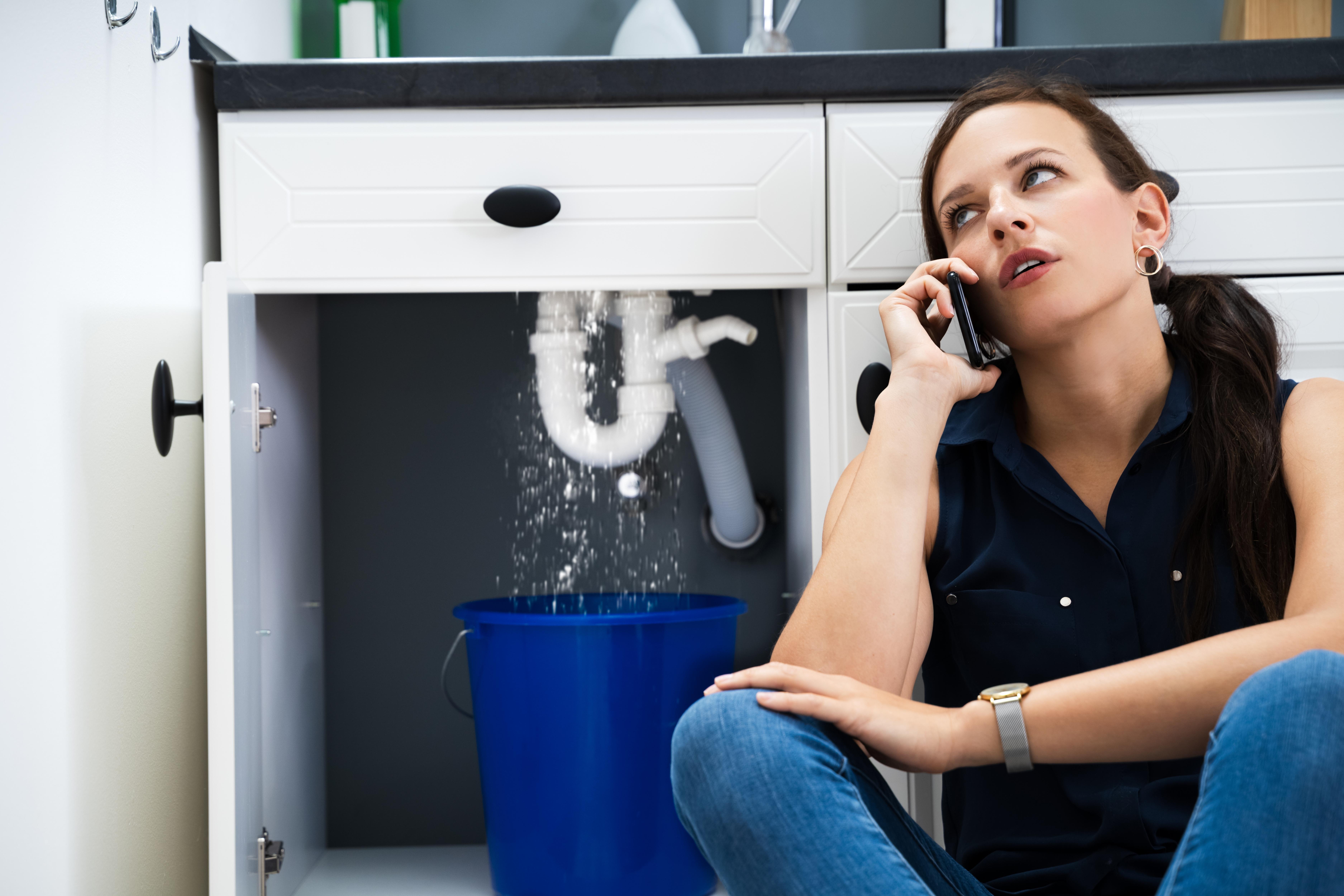When water flows in the wrong direction in your pipes, it can introduce harmful substances into your clean water supply. Many people don’t think about backflow until it becomes a serious problem. That’s why understanding what backflow is and how to stop it matters. Whether you live in a house, an apartment, or you run a business, knowing the signs can help you protect your water and avoid costly repairs. A trusted plumbing service like Mr. Rooter Plumbing can help you prevent issues before they start.
What Is Backflow?
Backflow occurs when contaminated water flows in the opposite direction and enters your clean water system. Imagine flushing the toilet and instead of everything going down, the water pressure suddenly changes, and some of that water comes back up. Yikes!
Now picture that water mixing with the water you use for brushing your teeth or filling up your glass. That’s the danger of backflow. It can occur due to factors such as burst pipes, broken water mains, or incorrect use of a garden hose.
Why Is Backflow Dangerous?
The biggest problem with backflow is contamination. When dirty water mixes with your clean water, it can carry all sorts of nasty things — bacteria, chemicals, or waste — right into your sinks and showers.
This can be especially risky for individuals with weakened immune systems, young children, or the elderly. It’s not just about bad smells or cloudy water. Contaminated water can make you very sick.
How Does Backflow Happen?
There are two main causes of backflow: backpressure and backsiphonage.
- Backpressure occurs when the pressure in your plumbing system exceeds the pressure in the water supply. This can push dirty water back into the clean system.
- Backsiphonage is like a vacuum. If there’s a sudden drop in water pressure (like a broken main), it can suck dirty water into the system — just like sipping through a straw.
Both of these problems can turn dangerous fast. That’s why having a local plumber in Broward or Palm Beach Counties inspect your system regularly is so important.
Signs That You Might Have Backflow
How do you know if backflow is happening? Here are a few signs to watch for:
- Bad smells from your faucets or drains
- Discolored water that looks yellow, brown, or cloudy
- Strange taste in your drinking water
- Slow drains or odd noises from your pipes
- Visible particles or debris in water
If you notice any of these, call a plumber right away. Waiting can lead to bigger problems and even put your health at risk.
How to Prevent Backflow
The most effective way to prevent backflow is to stop it before it occurs. Here are some simple steps you can take:
1. Install a Backflow Preventer
A backflow preventer is a special valve that ensures water flows only in one direction. It prevents dirty water from contaminating your clean supply. These are often required by local plumbing codes, especially in areas such as apartment buildings, restaurants, or locations with sprinkler systems.
A professional plumbing service can help you pick the right type and install it correctly.
2. Get Annual Inspections
Just as you would go to the doctor for a checkup, your plumbing system also requires regular checkups. Having your system inspected by a qualified plumber once a year helps identify problems early and ensures your backflow preventer remains functional properly.
3. Use Hoses Safely
Believe it or not, a garden hose can cause backflow if it’s left submerged in dirty water, like a bucket of soapy water or a pool. Always use a hose bib vacuum breaker — it’s a simple tool that stops dirty water from being sucked back into your pipes.
4. Watch for Pressure Changes
If your water pressure suddenly drops or surges, that could be a sign of a deeper problem. You should always report big changes in pressure to your plumbing service. They can investigate what’s going on before it turns into a backflow issue.
Why You Shouldn’t Ignore Backflow
It’s easy to overlook things we don’t see. Pipes are hidden behind walls, under floors, or buried outside. However, just because you can’t see the problem doesn’t mean it isn't happening.
Backflow can lead to water damage, expensive repairs, and even health problems. If you’re ever in doubt, it’s better to be safe than sorry.
Mr. Rooter Plumbing has helped many families and businesses prevent backflow and keep their systems safe and secure. Having experts on your side can make all the difference.
Don’t Wait — Protect Your Plumbing Today
When it comes to backflow, quick action can save you time, money, and stress. If you’ve never had your system inspected or installed a backflow preventer, now’s the time to get started.
Call a trusted plumber to check your system and give you peace of mind. Whether it’s routine maintenance or emergency help, a qualified plumbing service like Mr. Rooter Plumbing is your best defense against backflow.
Don’t risk your health or your home — take action today and make backflow one less thing to worry about!





